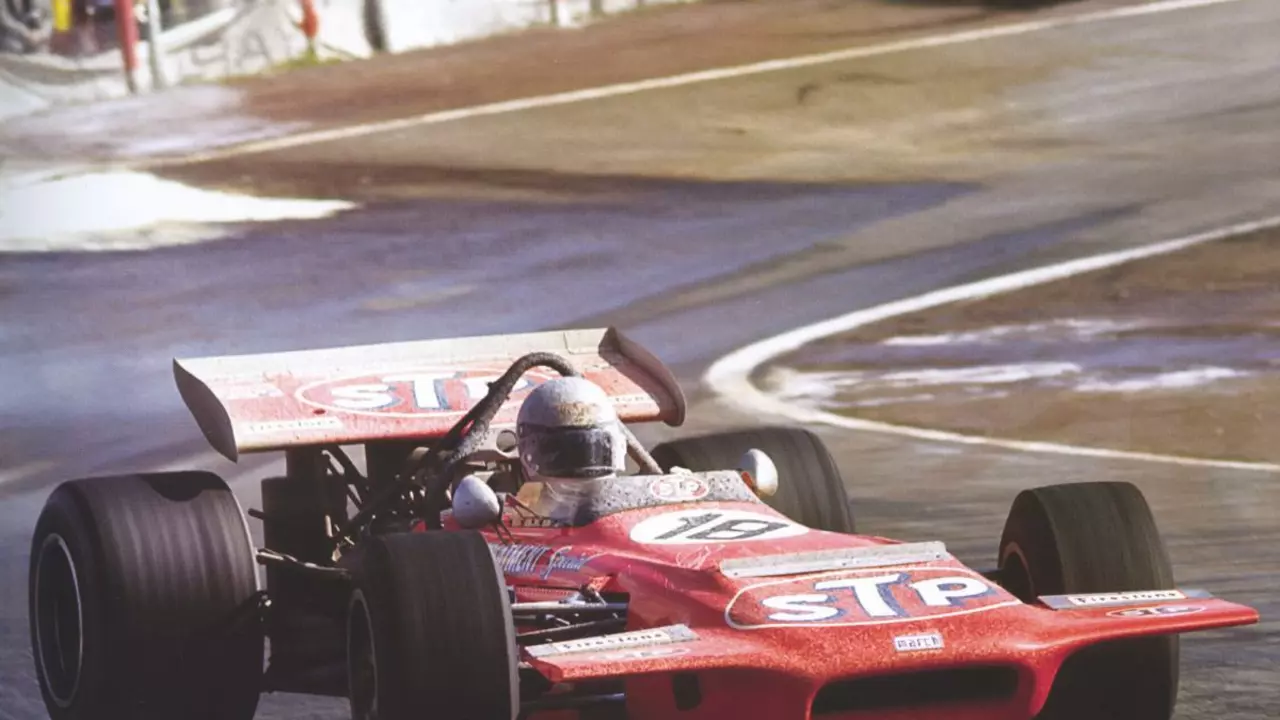Everything You Need to Know About F1 Cars
If you’ve ever wondered why a Formula 1 car looks like a sleek satellite, you’re not alone. These machines blend raw power, cutting‑edge aerodynamics, and safety tech into a single blistering package. In this guide we’ll break down the main parts that give F1 cars their edge, why safety matters more than ever, and how you can match the right helmet to the ride.
Key Features That Make an F1 Car Fast
First off, the engine. Modern F1 power units are hybrid systems that combine a turbocharged V6 with an energy‑recovery system. The result is over 1,000 horsepower while staying under strict fuel limits. The chassis is a carbon‑fiber monocoque, which is both lightweight and incredibly strong – it’s the core that protects the driver when things go wrong.
Aerodynamics is the next big player. Front and rear wings, bargeboards, and a complex under‑floor diffuser squeeze the air to generate downforce. More downforce means the car sticks to the track, letting drivers corner at scary speeds without sliding off. Teams spend countless hours in the wind tunnel tweaking every curve to shave off milliseconds.
Tyres deserve a shout‑out too. F1 uses slick tyres for dry conditions and treaded wet tyres when the rain shows up. The tyre compounds are designed to heat up quickly, giving you grip when the car is pushing the limits. Managing tyre wear is a huge part of race strategy.
Why a Proper Helmet Matters in F1
Speed is thrilling, but safety is non‑negotiable. The driver’s helmet is the last line of defense against debris, fire, and high‑impact forces. A good F1 helmet meets the FIA 8860‑2000 standard, meaning it can absorb massive energy while staying snug on your head.
Look for a shell made from carbon‑fiber or fiberglass, a multi‑density comfort liner, and a visor that resists scratches and UV rays. Ventilation is key – you’ll thank the airflow when you’re sitting in a hot cockpit for over an hour. Many helmets also feature a quick‑release system, so you can get out fast if an emergency pops up.
Fit is everything. A helmet that’s too loose can spin around, while one that’s too tight will cause headaches. Most brands provide size charts and interior padding that you can trim to your exact head shape. Try it on with the visor closed; you should feel secure but not squeezed.
Finally, think about style. While safety comes first, a sleek design can boost confidence on the track. Many manufacturers let you pick color combos that match your team’s livery or your personal taste.
Bottom line: an F1 car is a masterpiece of engineering, and the helmet you wear should be just as advanced. Understanding the car’s core systems helps you appreciate why the right protective gear matters. With the right knowledge, you’ll enjoy the thrill of speed while staying safe.
Ready to explore more? Check out our helmet collection, compare specs, and find the perfect match for your next race day.
While it might seem like an F1 car would dominate an IndyCar race due to its superior speed and technological advancements, it's not that simple. The two series have different rules, circuits, and car designs, which play a major role in the outcome. F1 cars excel in high-speed corners but may struggle on the oval tracks that IndyCar often uses. Moreover, the heavier weight of an IndyCar could prove advantageous in certain conditions. So, while an F1 car might have an edge in some aspects, it's not a clear-cut victory in an IndyCar race.
